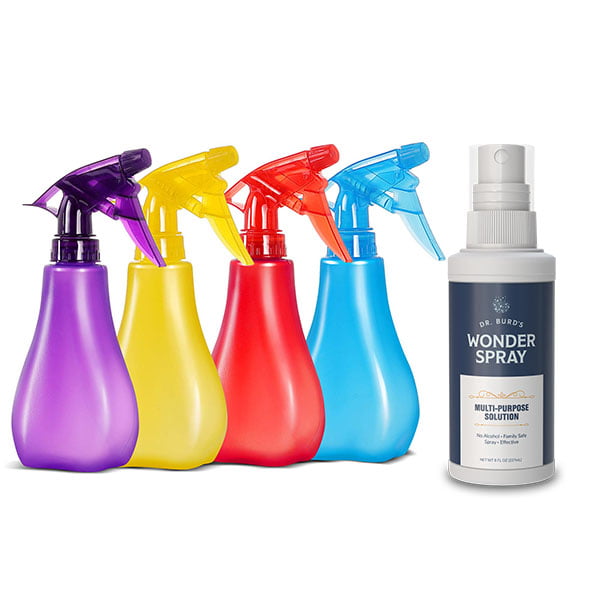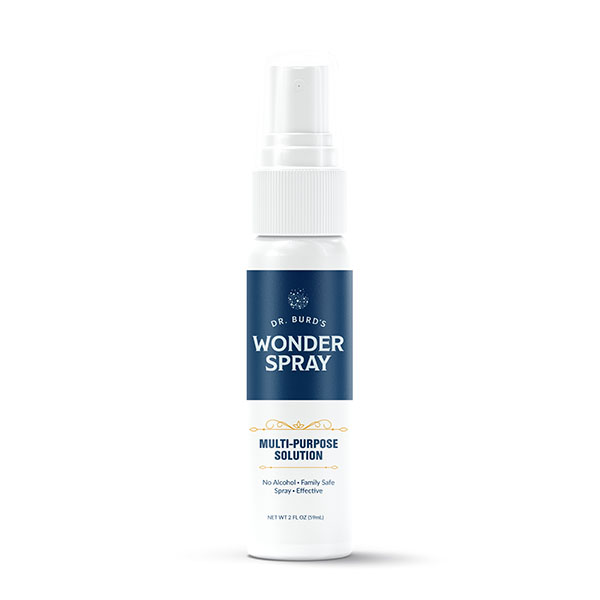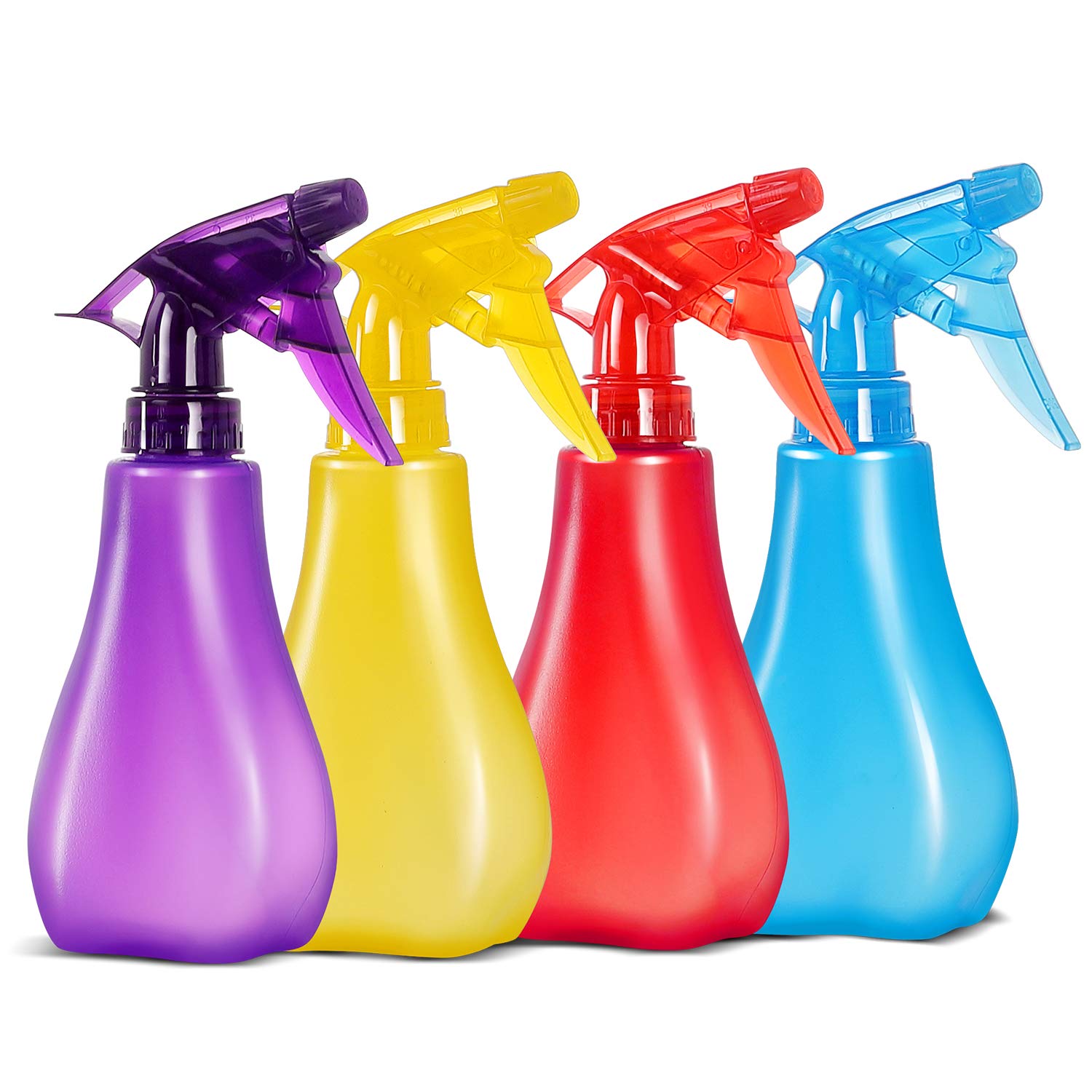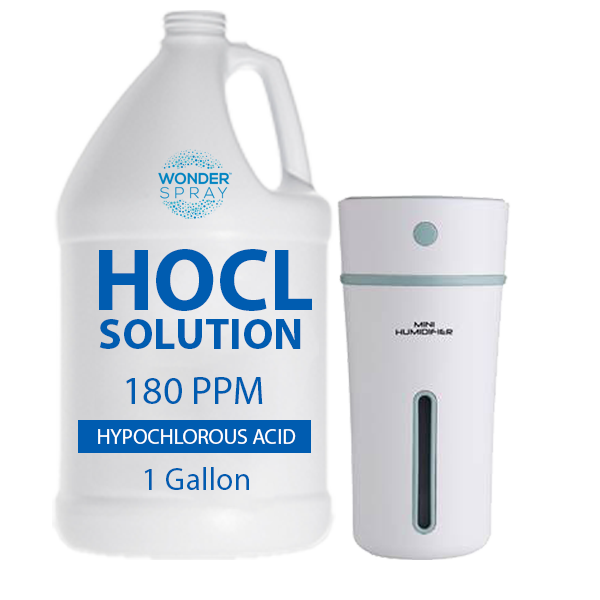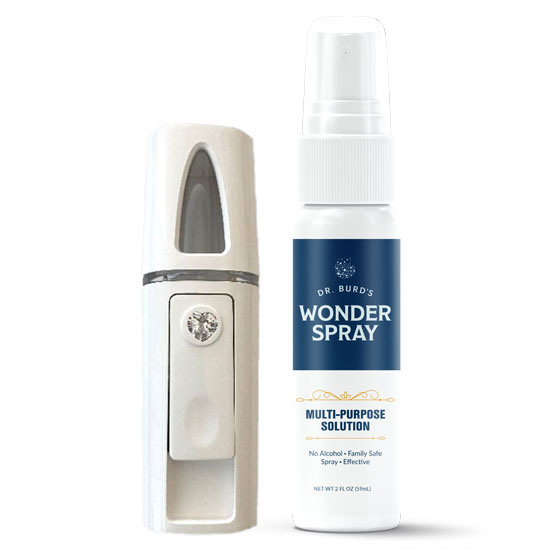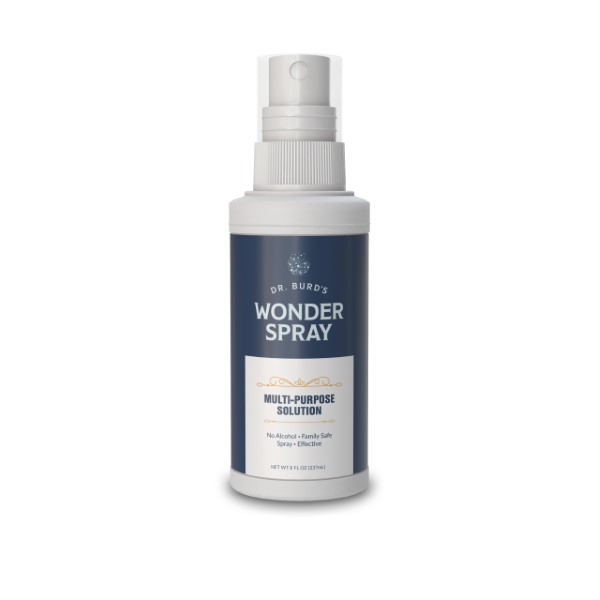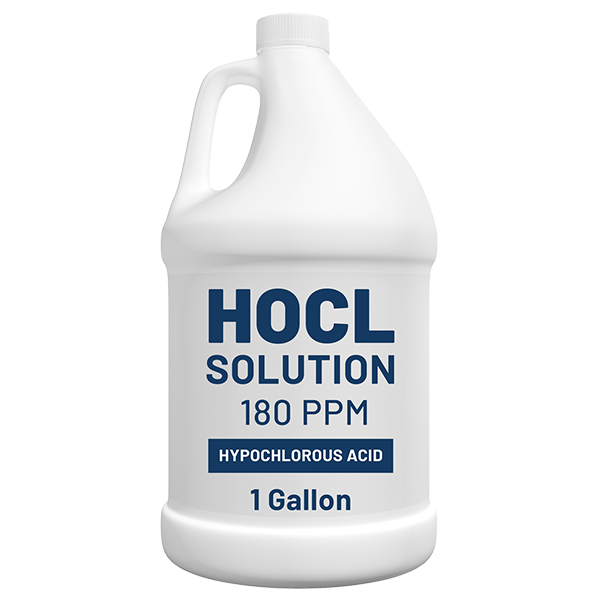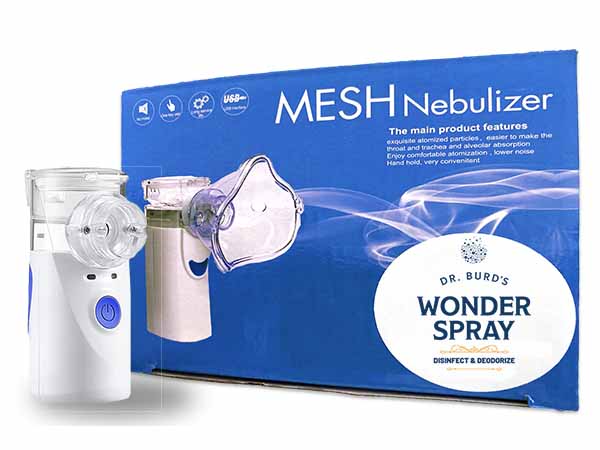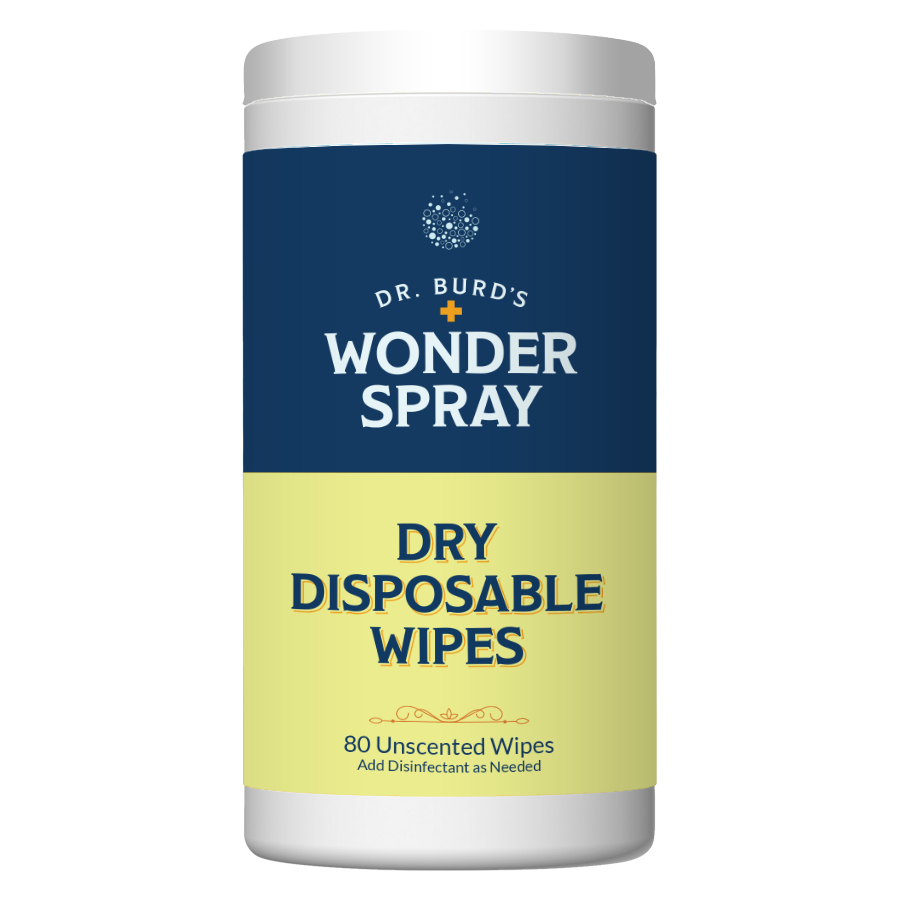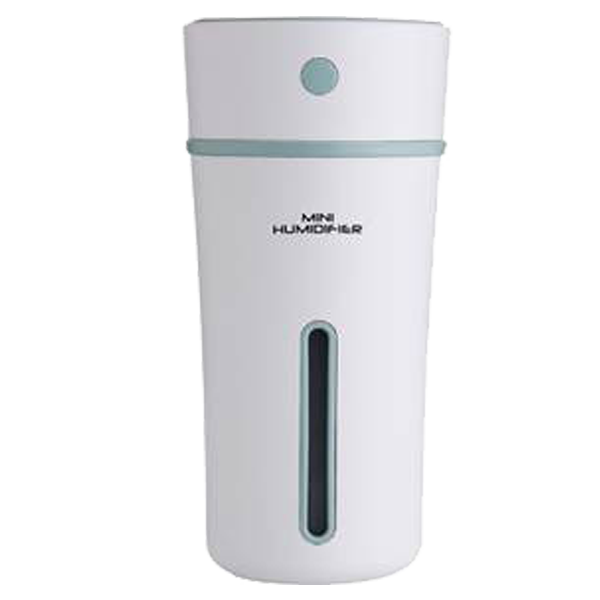Age related macular degeneration, aka ARMD or AMD, is a serious age-related condition of the eyes which can result in diminished central vision and is a leading cause of blindness. This condition is related or associated with several modifiable and non-modifiable risk factors which include ageing, female gender, genetics, faulty diet, excessive sun exposure, smoking, cardiovascular disease, high blood pressure and obesity.
The disease process is gradual and may go unnoticed for considerable time periods. The pathophysiology of AMD can be described under two distinct entities, the wet type and the dry type. The dry type, also known as the non-exudative, non-neovascular, or atrophic type AMD, is more common, and present in nearly 90 % of patients. There is a gradual degeneration and thinning of the macula (central part of the retina) due to toxic deposits known as drusen, which contain fat and many proteins and minerals. This results in a gradual and slow loss of central vision, usually in both eyes; however, this process stabilizes after some time, and patients may experience diminished vision or visual defects, without a complete loss of vision.
Though the wet type of AMD (also known as exudative or neovascular AMD) is present in only about 10 % of patients, yet it is responsible for nearly 80 % of vision loss occurring from this condition. Vision loss may be sudden and dramatic, often occurring over a few days to a few weeks, and typically affecting only one eye. As the name suggests, there is an abnormal growth of blood vessels beneath the retina; this causes leakage of blood and fluid, retinal detachment, and gradual scarring of the macula, leading to partial or complete blindness.
The prevention and delaying of AMD symptoms includes measures such as lifestyle modifications to ameliorate the known risk factors, and dietary supplementation. Oral intake in the form of foods and supplements are helpful especially for the dry type of AMD. This includes fish, dark green leafy vegetables, garlic and onion, soy, yellow fruits and vegetables, blueberries, grapes, wine, nuts, extra virgin olive oil, zinc, copper, magnesium, selenium, fatty acids, lutein, zeaxanthin, carotinoids, vitamins A, B, C, and D, glutathione, flavinoids, amino acids, gingko biloba, sage, bilberry and milk thistle. Vitamin and mineral supplementation is usually advised in a few fixed proportions, and these are available in tablet or capsule form. Treatment for wet AMD includes injection of antivascular endothelial growth factor (anti VEGF) drugs, laser photocoagulation, photodynamic therapy, and use of low vision devices. The anti VEGF intra-ocular injections are currently believed to be the most effective treatment for wet AMD; however, this treatment may have potentially serious short and long term side effects.
Dry AMD can be treated with Ayurvedic medicines using the Rasayan (rejuvenating) herbs. Use of Triphala and Mahatriphala Ghrut (clarified butter) is beneficial both orally and locally, especially in the form of a Panchkarma procedure known as Netra Tarpan (eye lubrication). Medicines which help remove toxic deposits and strengthen the retina are very useful, but need to be given for prolonged periods in order to get good benefit. Associated risk factors and concurrent medical conditions need to be treated in order to give the patient the full benefit of Ayurvedic treatment. Treated in this way, most affected individuals have been known to retain a decent vision for more than three decades.
For patients with the wet type of AMD, the use of leeches on the forehead area – just outward of the eye margins – can avert sudden and drastic vision loss. Mild and repeated purgation helps in reducing fluid build-up beneath the retina. Medicines can then be given to remove toxic collection from the eyes, as well as to help reduce the abnormal vessel growth and frequent leakages. Alternating courses of Netra Tarpan and Netra-anjan (application of herbomineral wet powders in the eyes) are required to reverse the process of neo-vascularization. For patients who still do not respond, additional treatment is given in the form of shiro-dhara (liquid medicine drip aimed at the forehead) and courses of basti (medicated enemas). In this way, vision can be gradually restored fully or partially (depending upon the stage at which treatment has been commenced), and further loss of vision can be prevented.
Ayurvedic herbal treatment can thus be judiciously used to effectively treat both the dry and wet types of AMD, without the risk of serious long-term side effects.
